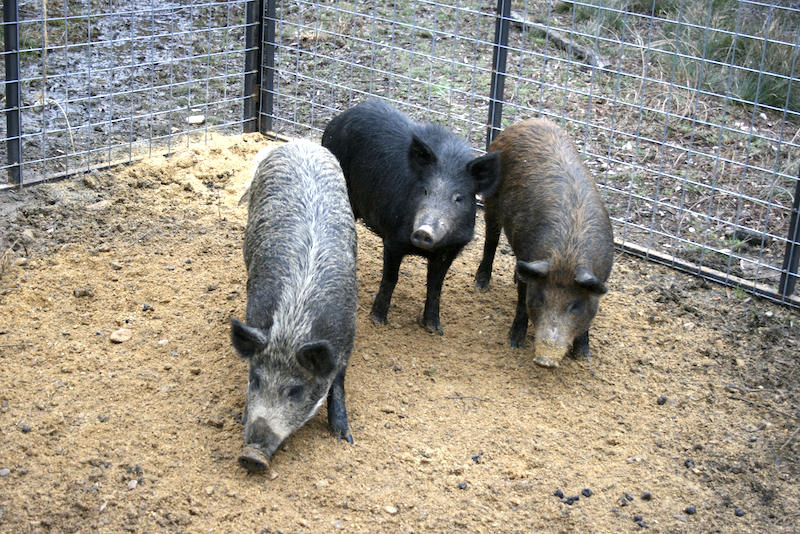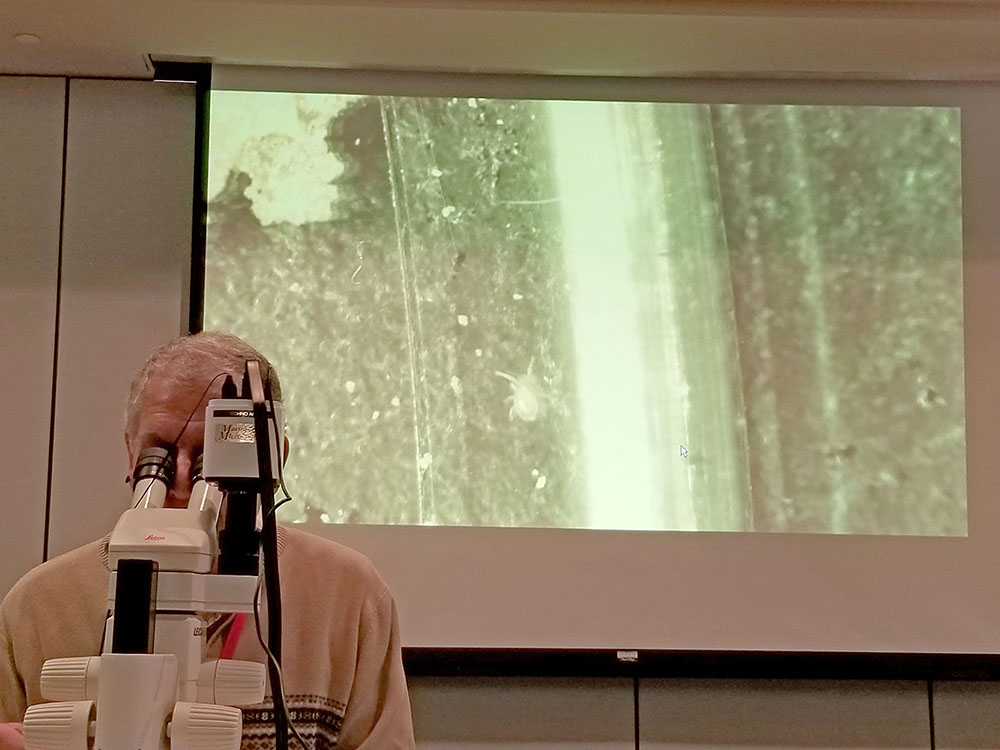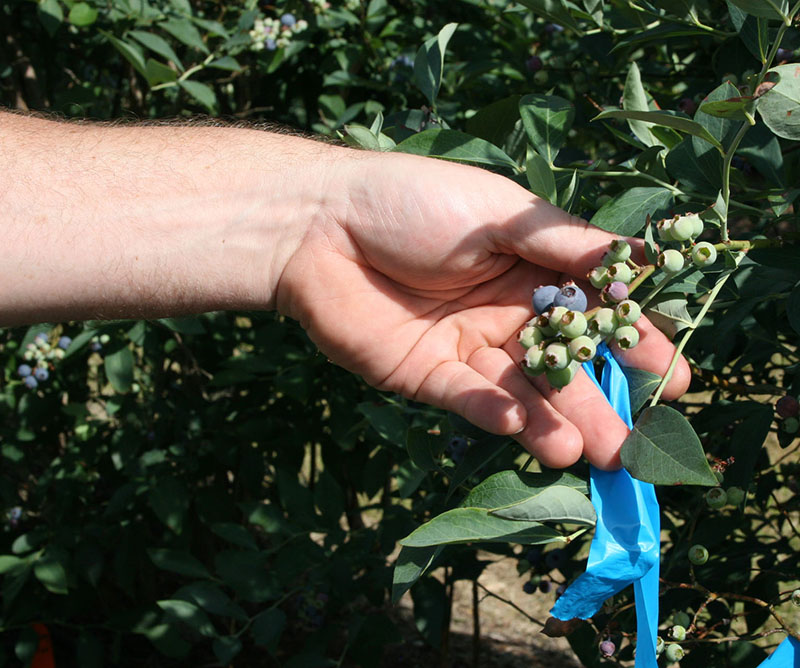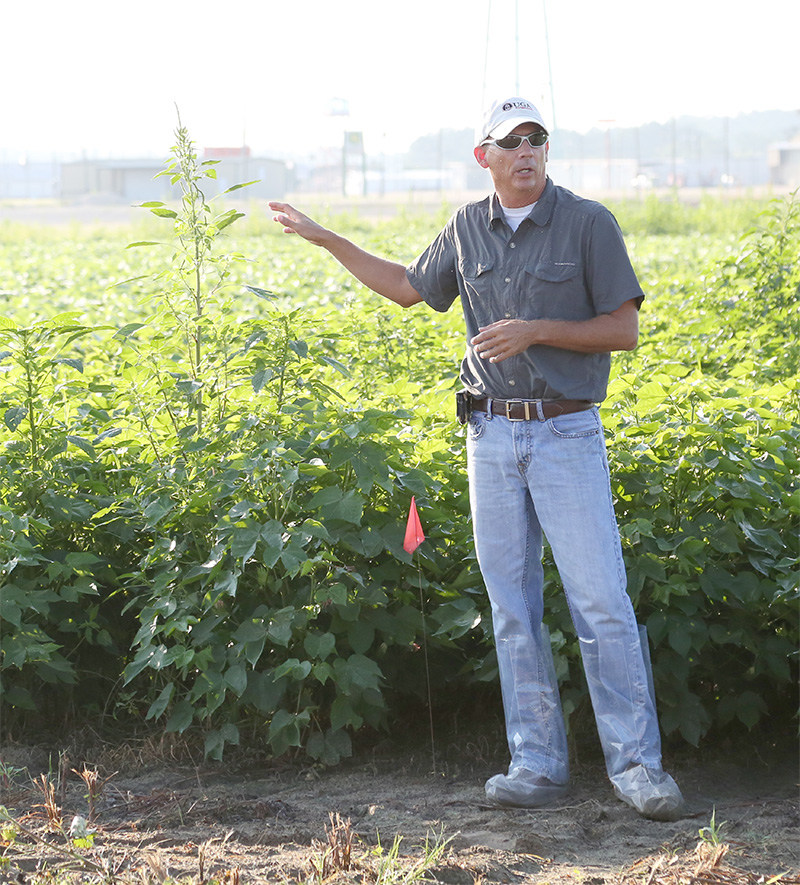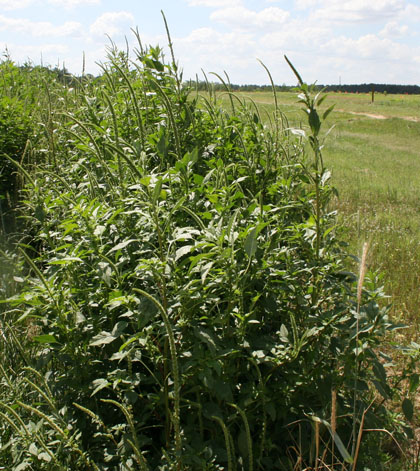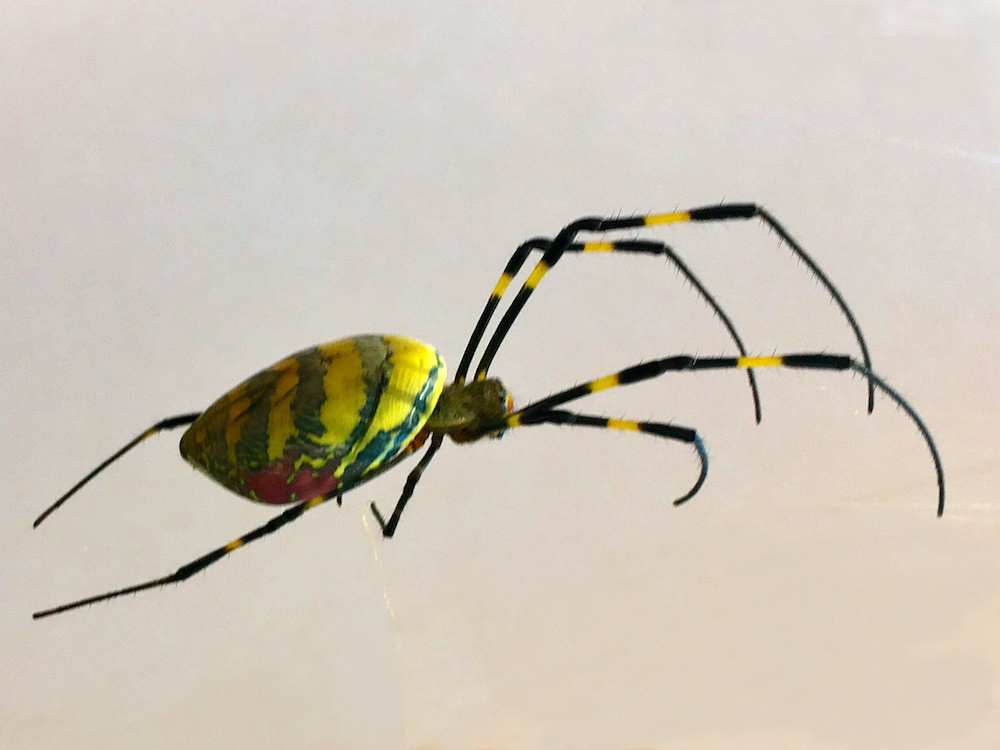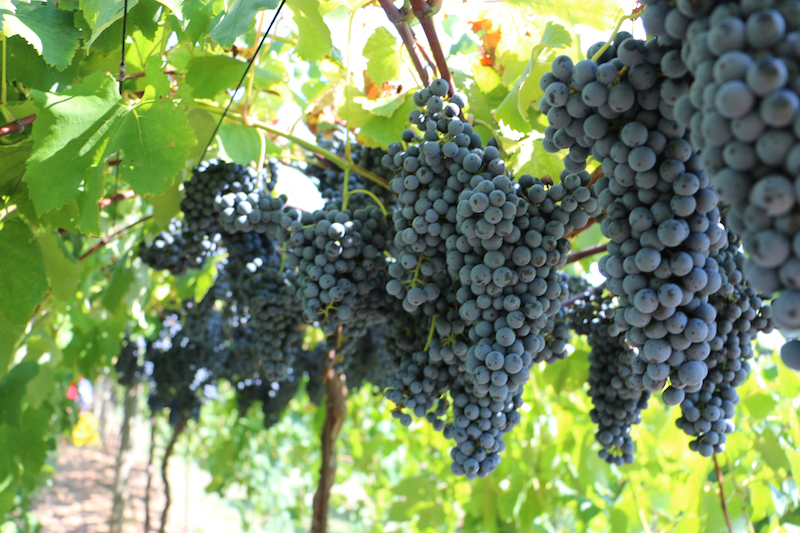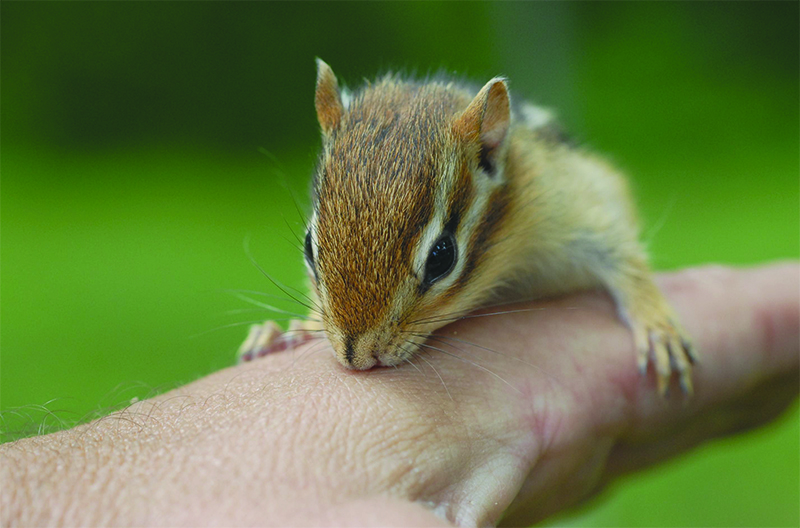 CAES News
CAES News
Chipmunk Control
Chipmunks may look cute, but when they wreak havoc in the landscape their charm quickly fades. A species of small rodent, chipmunks are quite common in Georgia. They are considered minor agricultural pests, but they can cause significant structural damage under patios, stairs and retention walls.

